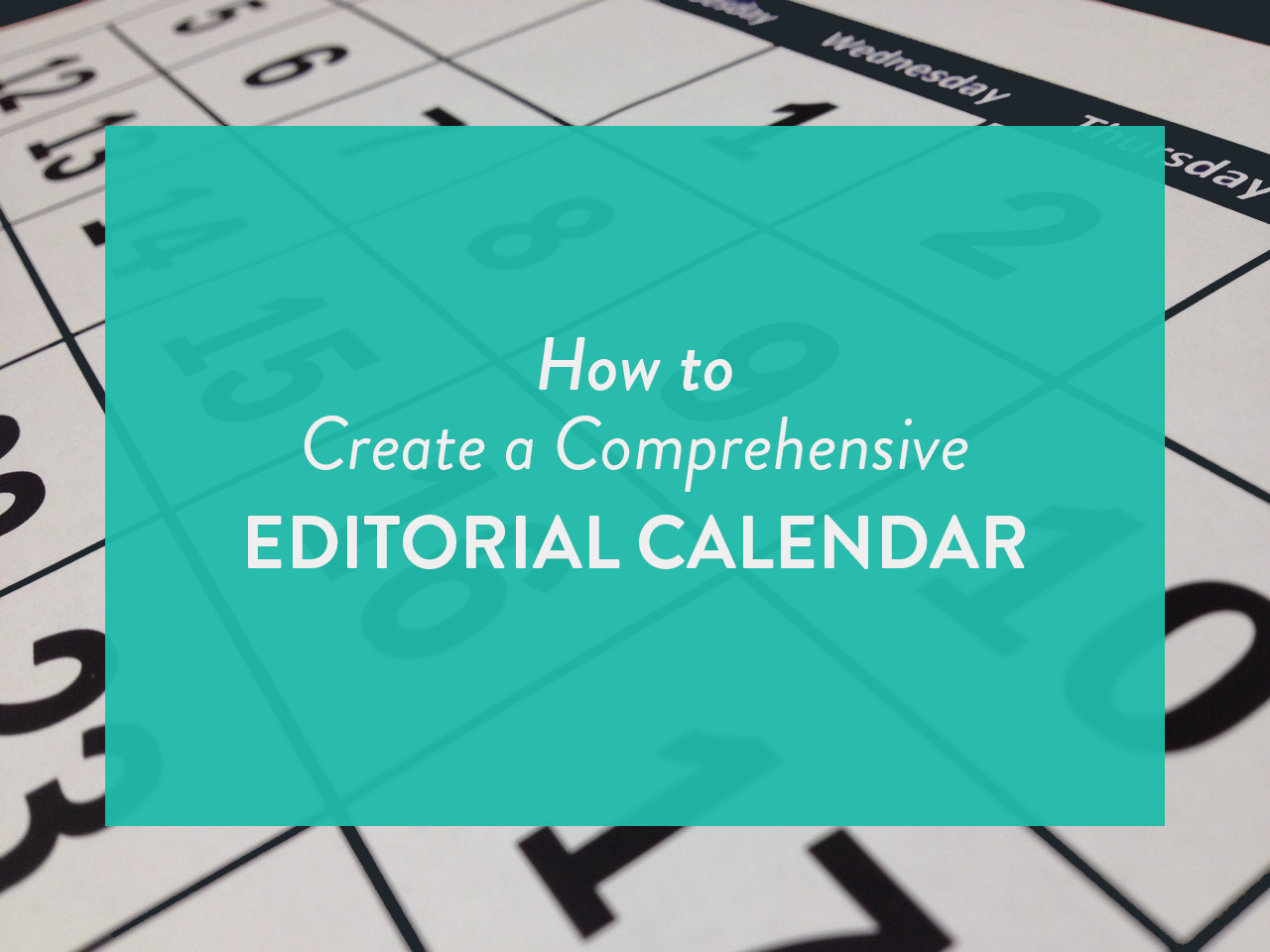You don’t have to be a content strategist to put together a well-planned editorial calendar. Most small business owners intuitively understand what sort of content their customers want, whether it’s how-to videos for using a product or case studies about current customers.
The challenge isn’t coming up with ideas. The challenge is carrying them through the development phase to publication. This involves outlining, assigning, editing, approving, publishing, sharing, and tracking.
It’s no wonder then that companies hire full-time content marketing teams. Managing an editorial calendar is a job all on its own. In the world of content marketing, there are loads of outlets to share content through, but as a small business, it’s important to prioritize areas that will get your content the most traction.
We recommend starting with the content marketing basics: a blog, a social media presence, and email marketing. But figuring out how to make these three tools work in sync can be tricky.
What is an editorial calendar?
An editorial calendar (or content calendar) helps you keep track of ongoing digital marketing projects from conception to publication. Without a calendar to keep track of your progress, it’s easy to completely forget about a blog post idea you had or eBook you wanted to get out by Christmas.
Start With a Brainstorming Session
Creating an editorial calendar is fairly straightforward. Detailed templates are available online (check out this AWESOME one from CoSchedule!), but you can get your feet wet by creating a barebones editorial calendar in Excel or Google Calendar. Before you fill in your calendar, jot down every single one of the content ideas circulating in your mind. This includes ideas for blog posts, tweets, Instagram stories, or email campaigns. Don’t worry about organization or flow while you’re brainstorming.
Plug Publication Dates Into Your Calendar
Once all of your ideas are down on paper, look for time sensitive ideas. Is there an entire campaign you want to run for Halloween? Plug the publication date – the latest date you want that content released – into your calendar.
If you’re not using a traditional calendar, take a moment to review the year’s holidays. Is there a holiday that would be great for your marketing that you haven’t yet considered? Perhaps Father’s Day is a huge marketing opportunity for your business, but you completely forgot about it during your brainstorming session. Mark down a date you’d like to have Father’s Day content out by, even if you don’t yet know the specifics.
Once you’ve put down the desired release dates for blog posts, tweets, or email campaigns, think about how long it will take you to create them. If it’s just you, factor in your other business responsibilities so you give yourself a realistic amount of time.
If it’s someone on your staff, set a fair amount of time for them to complete a given project and then set two dates: one for submission and one for publication. How many dates you set in between (i.e. due date for first draft, due date for second draft, image acquisition) depends on your management style and the content in question. If you are a relatively small team, limit the amount of back and forth.
Perform Varying Levels of Prep Work For Each Type of Content
The level of advance preparation for the three categories of content – social media, blog posts, and email – varies.
Social media posts should be prepared around the same time you create your editorial calendar. Write the copy, find the necessary visuals or links, and cut and paste them into your content calendar so that daily posts are almost automatic.
For email campaigns and blog posts, clearly state the working title, targeted keywords, and a description of the topic into your calendar. Then mark down at least three key dates before your publication date: a due date for the outline, a due date for the final draft, and a due date for any accompanying visuals. This will keep you on track and ensure you’re creating regular content.
Integrate Your Social, Blog, and Email Content Even Further
Integrating your social media, your blog content, and your email marketing into your editorial calendar isn’t as simple as just plugging everything into the same spreadsheet. These channels should nourish each other, and your editorial calendar can help you make the most of all the content in your arsenal.
Your weekly newsletter doesn’t have to be 100% brand new content. Select a couple of your best blog posts on the site and write an intro and conclusion. Indicate on your calendar which blog posts will be repurposed for the newsletter.
The same idea applies to your social media. Once you’ve written a blog post, write different social media copy for the same article and plug it into your editorial calendar, so you can share an article in multiple ways on several different channels over the course of a few months.
Your content marketing strategy shouldn’t consist of poor blog posts pumped out daily. Instead, it should focus on quality and consistency. Make a realistic assessment of how many good pieces of content you can produce in a week and then use your email campaigns and your social media presence to make the most of it all.
